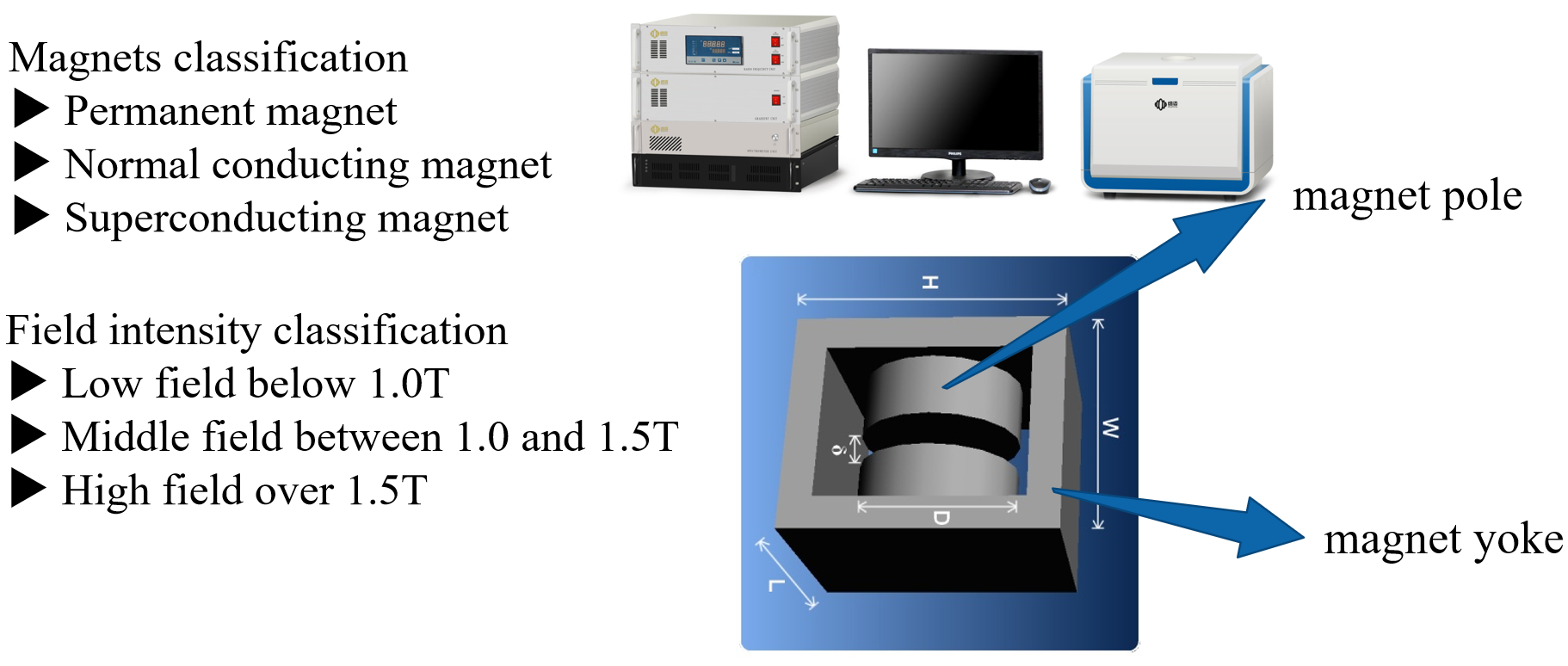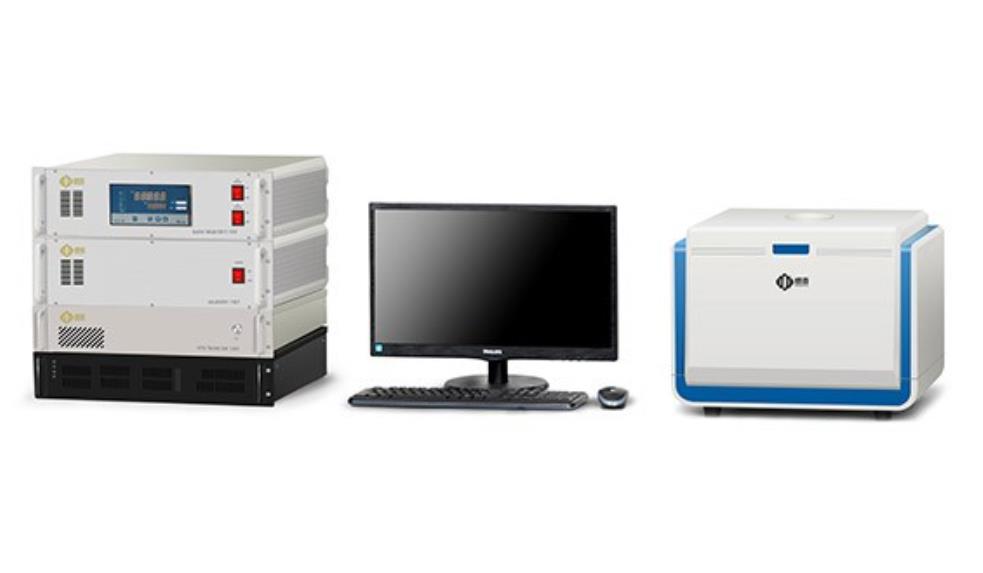Time domain NMR(TD-NMR)
Time domain NMR Principle
Atomic nuclei, such as hydrogen and fluorine, have a positive charge. These nuclei themselves have an important property, which is their spin. A charged spin body produces a circular current, and a circular current can form a magnetic field. In this way, each atomic nucleus is a small magnet, just like a small compass. When there is no external magnetic field, the direction of the nuclear magnetic field in the matter is randomly distributed. When an object is placed in an external magnetic field, the atomic nucleus will interact with the external magnetic field. The result of this action is that the direction of the nuclear magnetic field is arranged in an orderly manner. Part of the nuclear magnetic field is directed along the direction of the external magnetic field, and the other part The direction of the nucleus is opposite to the direction of the applied magnetic field, which causes a difference in thermal energy between the nuclei in the sample, that is, an energy level. When the nucleus transitions between two energy levels, a nuclear magnetic resonance signal is generated.
In the time domain NMR instrument, we use infinite electric waves to excite the sample to make the atomic nucleus at the bottom energy level transition to the high energy level. In this way, after the external radio wave is removed, the nuclear magnetic resonance signal is generated due to the transition of the nucleus at the high energy level to the bottom energy level. Because of this, the observed nuclear magnetic signal is a signal that decays with time. The time decay signal can provide people with two main pieces of information. First, the intensity of the signal depends on the number of observed nuclei in the sample. The more the sample amount, or the greater the number of nuclei, the stronger the NMR signal. Second, the speed at which the signal decays, that is, the shape of the signal depends on the movement of the observed nucleus (that is, the atom or molecule where it is located). The slower the molecule moves, the faster the signal decays. On the contrary, the more intense the molecular motion, the slower the decay of the nuclear magnetic signal. We are using these two characteristics of nuclear magnetic signals to measure the content of different molecules and components in samples to achieve the measurement of physical characteristics of products in industrial production.
Time domain NMR Applications
Measurement of polymer total precipitate content, density, plasticizer content, rubber content, viscosity coefficient, etc.;
Measurement of copolymer composition and crystallinity in polymer;
Measurement of OPU in chemical fiber;
Measurement of MRI relaxation time;
Measurement of molecular diffusion coefficient
One-dimensional, two-dimensional projection and magnetic resonance imaging;
Time domain NMR Advantages
Efficient: Many applications measure within one minute
Accuract: Same as chemical analysis method
No solvent: direct measurement of the original sample without any processing or chemical reagents
Non-destructive: The measurement does not cause any damage to the sample, and the measurement can be repeated, and the same sample can be measured by other techniques
Stable and reliable: the instrument has a self-check function to meet various requirements for quality testing.
 NIUMAG
NIUMAG


